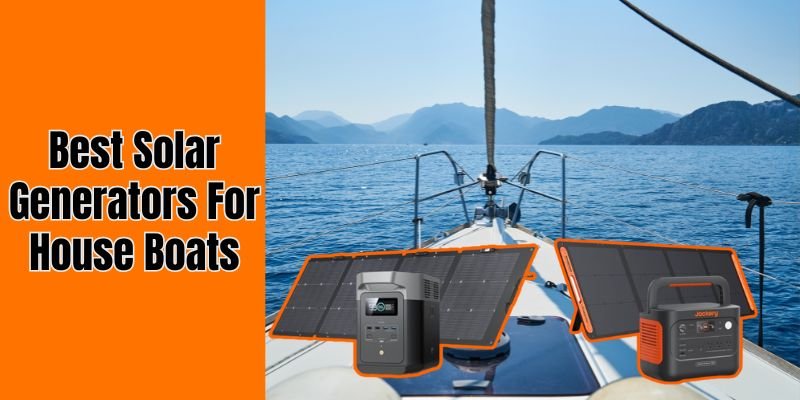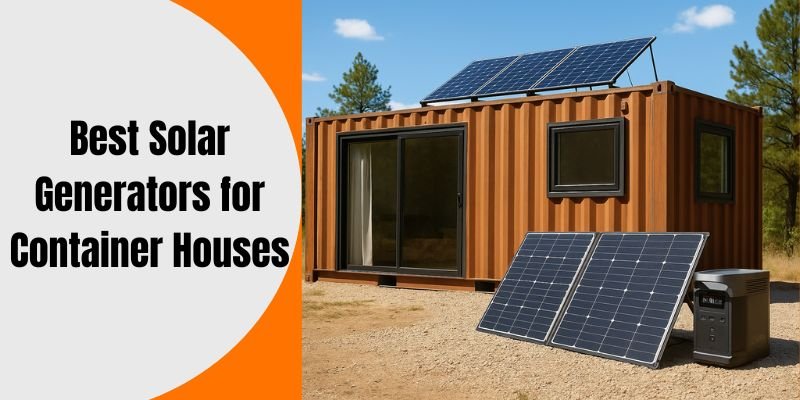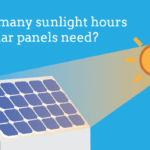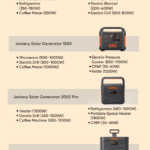Disclosure: This post contains affiliate links and I will be compensated if you make a purchase after clicking through my links. Learn More
Yes, solar panels work on snowy days. Snow doesn’t stop them from generating power.
It can even enhance performance by reflecting sunlight. Understanding how solar panels function during winter is crucial. Many wonder if snow cover halts energy production. Surprisingly, panels can still operate efficiently. Snow reflects sunlight, boosting energy capture. Cold temperatures also help panels work better.
They handle snow weight and shed snow easily. Installation angles let snow slide off. Panels need sunlight, not heat, to generate power. Winter days might be shorter, but panels still produce energy. Seasonal changes affect output, yet panels adapt. Knowing these details helps in making informed solar choices. Winter doesn’t mean energy loss. Embrace solar power year-round, regardless of weather conditions.

Credit: freedomforever.com
Solar Panel Basics
Have you ever wondered how solar panels work when the snow blankets everything? Solar panels are a fascinating technology that harness sunlight to produce electricity. Even on snowy days, they can still generate energy, but understanding how they do this requires a basic grasp of their mechanics and components. Let’s dive into the essentials of solar panels and discover how they continue to power our homes, even in winter’s chill.
How Solar Panels Work
Solar panels convert sunlight into electricity using photovoltaic (PV) cells. These cells absorb sunlight and create an electric field, which generates a flow of electricity. Picture a sunny day when your panels are working at full capacity. Even on cloudy or snowy days, they capture diffused sunlight, albeit at reduced efficiency. It’s fascinating how they can still function, isn’t it?
Imagine waking up to a snow-covered landscape. You might expect your solar panels to be dormant. However, unless they’re completely covered, they’ll still absorb some light. Snow can even reflect sunlight, boosting their performance. So while the output may dip, your panels aren’t entirely out of commission.
Components Of A Solar Panel System
A solar panel system isn’t just the panels themselves. It includes several components working in harmony. The panels consist of photovoltaic cells layered together to catch sunlight. An inverter converts the direct current (DC) produced into alternating current (AC) for home use.
Consider the mounting system, which secures the panels in place. A good mounting system ensures panels face the sun optimally, reducing snow buildup. Then there’s the monitoring system, which tracks energy production. This allows you to see how snow impacts your panel’s output and make informed decisions.
Think about this: Are your panels positioned to minimize snow coverage? Ensuring they’re angled correctly can make a big difference. Is your monitoring system providing insights into their performance during snowy days? Understanding these components helps optimize your solar panel system, even in winter.
So, next time you see snowflakes dance from the sky, consider how your solar panels are still at work, quietly generating electricity to power your day. Are you making the most of your solar panel setup during the winter months?
Impact Of Snow On Solar Panels
Solar panels are an excellent way to harness energy from the sun, but what happens during the snowy months? Many people wonder if solar panels are still effective when covered in snow. Snow can impact the performance of solar panels, but it doesn’t render them useless. Let’s explore how snow affects your solar panels and what you can do about it.
Snow Accumulation Effects
Snow accumulating on solar panels can temporarily block sunlight, reducing their efficiency. This often happens after a heavy snowfall. However, most solar panels are designed at an angle, which helps snow slide off more easily. If your panels are flat, you might need to clear the snow manually.
Consider investing in a snow rake designed for solar panels. It’s an affordable tool that can make a big difference. Just be careful not to scratch the surface. Have you ever tried clearing snow off your panels? It might seem daunting at first, but it’s usually a quick and simple task.
Reflection And Absorption
Snow can actually help solar panels in some cases. Bright white snow reflects sunlight, which can increase the amount of light hitting the panels. This might boost the energy production slightly. Have you noticed how sunny winter days can be particularly bright?
Even on cold days, as long as the panels are exposed to light, they can still absorb and convert energy. Temperature doesn’t affect solar panel efficiency as much as light does. So, if your panels are free of snow, they’re likely still working hard to generate power.
Think about how you can optimize your solar panel setup for snowy months. Perhaps consider panel placement or an adjustable mount. What small changes can you make for better performance?
In conclusion, snow impacts solar panels, but there are ways to mitigate these effects. By understanding the dynamics of snow accumulation and reflection, you can ensure your solar panels continue to work efficiently even in winter. What steps will you take to improve your solar energy experience during snowy days?
Efficiency During Snowy Conditions
Solar panels often raise questions about their efficiency in snowy weather. Many assume snow blocks sunlight, reducing energy production. In reality, solar panels can still work effectively, even when snow covers them. Their efficiency during snowy conditions depends on several factors, including temperature, light reflection, and snow coverage.
Performance In Cold Climates
Cold climates can enhance solar panel performance. Panels operate better in cooler temperatures, increasing their efficiency. Snow reflects sunlight, boosting light exposure for the panels. This reflection can aid energy production, even under cloudy skies. Panels are designed to capture diffuse light from overcast days.
Snow can slide off angled panels, clearing them quickly. This design ensures panels continue receiving sunlight, maintaining their efficiency. Modern panels have anti-reflective coatings, optimizing light absorption. Even with snow, these coatings help panels function effectively.
Comparative Efficiency
Solar panels on snowy days can perform similarly to sunny ones. Studies show cold weather doesn’t significantly impact panel efficiency. Panels in snowy regions often match those in milder climates. Snow’s reflective properties contribute to this comparative efficiency.
Regular maintenance ensures panels remain snow-free, maximizing their output. Snow-covered panels might temporarily reduce efficiency. But once cleared, their performance quickly rebounds. Overall, solar panels in snowy conditions remain a viable energy source.
Technological Advancements
Solar panels have become a beacon of hope for renewable energy enthusiasts, even in snowy regions. Technological advancements have made it possible for solar panels to function efficiently, regardless of the weather. As you consider solar energy for your home, it’s crucial to understand how these innovations can keep your panels productive year-round.
Snow Shedding Designs
One of the most exciting advancements in solar technology is the snow shedding design. If you live in an area that experiences heavy snowfall, you might worry about snow accumulating on your solar panels, blocking sunlight. Manufacturers now create panels with smooth, hydrophobic surfaces that encourage snow to slide off naturally.
Picture this: the first snowfall of winter blankets your neighborhood. Instead of seeing your solar panels buried under inches of snow, they remain clear, ready to harness sunlight. Next time you see snowflakes gently falling, you might find yourself appreciating this design feature that keeps your energy flowing seamlessly.
Heated Solar Panels
Heated solar panels are another ingenious solution for snowy climates. These panels come equipped with built-in heating elements that prevent snow from sticking. Imagine waking up on a snowy morning and watching as the panels melt the snow away, leaving them clear and effective. This technology can be a game-changer for those who rely on solar energy during the winter months.
Consider this: while heated panels might require an initial investment, they save you time and effort in maintenance. Would you rather spend hours shoveling snow off your panels or let the technology do the work for you? It’s an investment in convenience and efficiency that pays off, especially during the coldest days.
These advancements present exciting opportunities for solar panel users in snowy regions. As you explore solar energy solutions, think about how these technologies can enhance your home’s energy efficiency. What other innovations might be on the horizon, further transforming the way we harness the sun’s power? The future of solar energy looks bright, even on the snowiest days.
Case Studies And Real-world Data
Solar panels are a popular choice for eco-friendly energy. People often wonder if they work in snowy areas. To find answers, we look at case studies and real-world data. These provide insights into solar performance in snow-prone areas. The data also reveals user experiences. This information helps in understanding solar panel efficiency in winter.
Performance In Snow-prone Areas
Studies show solar panels perform well even with snow. Panels in snowy regions generate power by using reflected light. Snow can act like a mirror, increasing light exposure. Some panels even work better in cold weather. Cold temperatures help solar cells operate efficiently. The panels are often placed at angles. This allows snow to slide off easily. In areas with frequent snow, solar panels still produce energy.
User Experiences
Users in snowy regions share positive feedback. They report consistent energy production in winter. Many appreciate the savings on their energy bills. Some users clear snow from panels to maximize output. Others let the sun melt the snow naturally. People notice a drop in energy production, but it is often minor. They find solar panels reliable in all weather conditions. For many, the benefits outweigh the challenges.
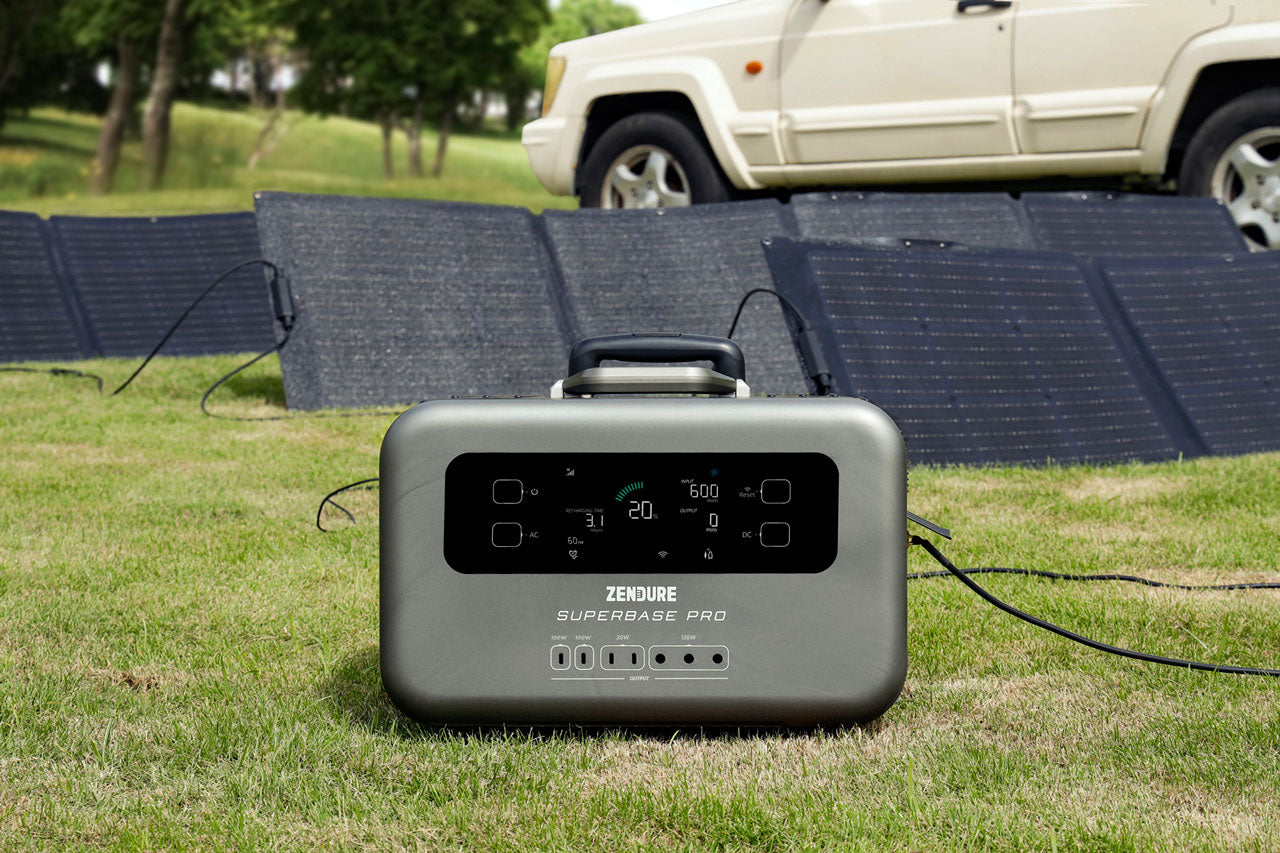
Credit: zendure.com
Maintenance And Care
Maintaining solar panels in snowy conditions ensures optimal performance. Snow can block sunlight, reducing energy generation. Regular care prevents this. Proper maintenance keeps your solar panels efficient, even in winter.
Snow Removal Techniques
Remove snow from panels carefully to avoid damage. Use a soft brush or a roof rake. Avoid metal tools that can scratch the surface. Snow melt can also help. Panels generate heat, which assists in melting snow.
Routine Checks And Maintenance
Conduct regular checks to ensure panel efficiency. Inspect for snow buildup or debris. Clean panels regularly to maintain energy output. Check wiring and connections for any signs of wear. Routine maintenance extends the life of your solar panels.
Economic Considerations
Solar panels can still generate power on snowy days, though efficiency might decrease. Snow reflection can enhance light absorption, helping with energy production. Economic considerations include installation costs and potential savings on electricity bills.
When considering solar panels for your home, snowy days might raise concerns about their efficiency. This brings us to the realm of economic considerations. How do these frosty days impact the financial side of solar energy? Understanding the cost versus benefits, along with available incentives and rebates, is crucial in making an informed decision.
Cost-benefit Analysis
Investing in solar panels can be a significant upfront cost. However, the savings over time can outweigh these initial expenses. Even on snowy days, panels can produce energy, albeit at reduced efficiency.
Take a moment to think about your monthly electricity bill. Imagine slashing it significantly, even during winter. This long-term saving can be a game-changer for your budget. A friend of mine installed solar panels, hesitantly, in a snowy region. Three years later, the savings on her energy bills have been substantial enough to justify the initial expenditure.
Incentives And Rebates
Financial incentives can sweeten the deal of installing solar panels. Many governments offer rebates and tax credits to encourage renewable energy adoption. These can significantly lower the initial costs, making solar panels a more attractive option even in snowy climates.
Are you aware of the incentives available in your area? It’s worth digging into local and federal programs. They can dramatically reduce your financial outlay. A colleague of mine, who recently installed solar panels, was pleasantly surprised to receive a substantial rebate. This helped offset the installation costs and made the investment more appealing.
In essence, while snowy days might pose challenges, the economic benefits of solar panels can remain robust. By examining the cost-benefit balance and leveraging available incentives, you can make a savvy decision that serves both your wallet and the environment.
Future Of Solar In Snowy Regions
Solar panels can still function on snowy days. Snow reflects sunlight, which boosts panel efficiency. Engineers design solar panels to shed snow quickly, ensuring consistent energy production even in cold climates.
The future of solar energy in snowy regions is looking brighter than ever. Despite the challenges of snow-covered panels, advancements in technology are paving the way for more efficient solar solutions. Imagine waking up on a snowy morning and knowing that your solar panels are still hard at work. This is becoming a reality thanks to emerging trends and potential innovations in the solar industry.
Emerging Trends
The solar industry is witnessing remarkable trends that promise to enhance efficiency in snowy areas. One of the most exciting developments is the use of bifacial solar panels. These panels can capture sunlight from both the front and the back, making them highly effective even when part of the panel is covered with snow.
Moreover, the integration of smart technology is gaining traction. Smart solar systems can adjust the angle of panels to maximize sunlight exposure, even on cloudy or snowy days. This technology ensures that you’re making the most of your investment, regardless of the weather conditions.
Potential Innovations
Innovation is the driving force behind solar energy’s success in snowy regions. Self-cleaning panels are on the horizon, designed to shed snow automatically. This feature could be a game-changer for those living in areas with heavy snowfall, reducing maintenance and maximizing energy output.
Another promising innovation is the development of solar panels with enhanced thermal properties. These panels can generate heat to melt snow, ensuring continuous energy production. Imagine a future where your solar panels are not just passive devices but active participants in combating the challenges of winter.
Have you considered how these advancements might impact your energy choices? As technology continues to evolve, the barriers that once made solar less appealing in snowy regions are rapidly diminishing. You might soon find that solar energy is not only viable but also highly efficient, regardless of your local climate. The future is indeed bright for solar energy in snowy landscapes.

Credit: enact.solar
Frequently Asked Questions
Do Solar Panels Work If Covered With Snow?
Snow can block sunlight, reducing solar panel efficiency. Panels can still generate power if snow partially covers them. Snow usually slides off due to panel angles and sunlight, restoring full functionality. Keeping panels clean ensures optimal energy output during winter months.
How Cold Is Too Cold For Solar Panels?
Solar panels can operate efficiently in cold temperatures. Extreme cold rarely affects their performance. Panels can endure temperatures as low as -40°F (-40°C). Cold weather often boosts efficiency due to enhanced conductivity. Extreme cold doesn’t pose a significant threat to solar panels’ functionality, ensuring reliable energy production year-round.
At What Temperature Do Solar Panels Stop Working?
Solar panels generally stop working at temperatures above 149°F (65°C). High heat can reduce their efficiency. Most panels are designed to withstand extreme temperatures, but performance may decrease. Cooling systems can help maintain efficiency in hot climates. Proper installation ensures optimal operation under varying conditions.
Why Is My Electric Bill So High When I Have Solar Panels?
High electric bills may arise from insufficient solar panel capacity or increased energy consumption. Check system efficiency and energy usage patterns. Ensure panels are clean and functioning well to optimize performance. Consider battery storage solutions to maximize solar energy utilization and reduce reliance on grid electricity.
Final Thoughts
Solar panels can still work on snowy days. Snow reflects sunlight, which helps. Panels may produce less energy, but not stop completely. Regular maintenance keeps them efficient. Removing snow can improve performance. Solar technology is advancing, and newer panels are better in low light.
Investing in quality panels pays off over time. Consider professional installation for best results. Solar energy remains a reliable option, even in winter. Understanding its benefits helps you make informed choices. Save money and protect the environment by using solar energy wisely.
Embrace sustainable solutions and enjoy long-term advantages.

